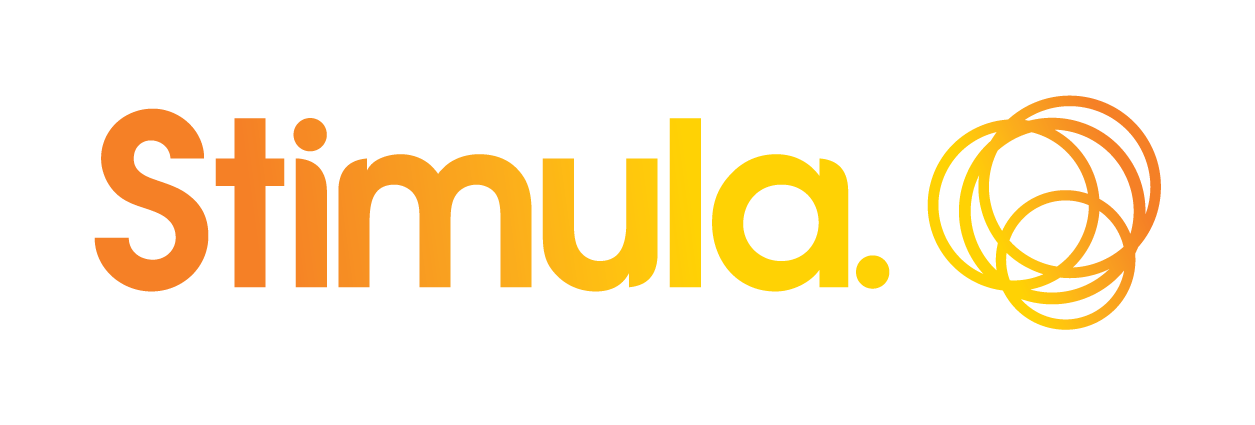FAQs
-
It depends on a few things, like the type of pain, its intensity, how long it’s been since the injury, your insurance coverage* and so forth. For example, if the pain is intense enough to impact your sleep, walking or functioning, you should see a doctor.
It’s not necessary to see a doctor first if you are consulting the physiotherapist about a known chronic musculoskeletal problem. Physiotherapists have been authorized to receive clients directly, without a doctor’s referral, since 1994.
*Group insurance companies often require a medical consultation before the physiotherapy visit. Please check with your insurance provider.
-
In general, pain occurs when a tissue is injured (pulled, bruised, sprained, inflamed).
The injury can be identified when the acute pain was caused recently. Tissue injury and inflammation are usually causing the pain. This is the body’s normal physiological reaction to a physical injury. But sometimes, pain can occur even when there isn’t an apparent injury or identifiable cause. When this type of pain occurs over a longer period of time, it is called chronic pain. Chronic pain is associated with muscle tension, knots, tight joints, etc. This can lead to a vicious cycle of pain and tension. Over time, the pain may increase in intensity and may occur more often, making it harder and harder to control.
An assessment followed by treatment in physiotherapy can shed light on the causes behind your pain and give you tools to take control of it.
Treatment aims to break the vicious cycle of pain.
-
The orthopedic problems we see in the clinic are usually caused by muscle or joint problems, or both at the same time.
Here are some terms to help you understand physiotherapy:
Acute pain: Recent pain, often accompanied by inflammation.
Local chronic pain: Pain that is present permanently or that comes back repeatedly over time. Pain becomes chronic when it has been felt for longer than three months.
Orthopedic: Concerning the muscles, joints and skeleton.
Neuromuscular: Concerning the muscles and the communication between the nervous system and muscles.
Musculoskeletal: Concerning the muscles, joints and skeleton.
Pain threshold: The point at which the intensity of the stimulus or stimuli is interpreted by the brain as pain. Below the pain threshold, stimuli are often interpreted as pressure or discomfort. Above the threshold, they are interpreted as pain. The higher the pain threshold, the less pain there is for the same stimulus.
Interpretation of pain: The sum of the different stimuli received by the brain and analyzed according to personal and cultural factors, personal experiences, etc.
Knee strains/sprains and tendinitis, back strains, herniated disks, sciatica, shoulder tendinitis and capsulitis and neck pain are some of the problems we see frequently.
Shoulder and neck problems, like tendinitis of the rotator cuff, whiplash, stiff neck, and neck and arm pain, are often underestimated since they tend to be more complex than they appear.
Headaches, migraines and foot problems (tendinitis, plantar fasciitis, heel spurs) may be musculoskeletal problems and are treatable in physiotherapy.
-
It’s not always necessary to stop all forms of activity. Many factors will influence the decision, such as the nature of the injury, the tissue injured, whether the problem is acute or not, the intensity of the pain, the use of medication, the type of sport and so on. A good guideline is to listen to the pain and respect your limits. Stopping all athletic activity can sometimes slow down the rehabilitation process, as can continuing activity without adapting it to the temporary condition. Reactivating the inflammatory process again and again after each activity you do can unnecessarily delay healing. Finding the limit, without exceeding it, is the key to progress.
If it is an acute injury, it is better to take a break. Another important element is the stability of the joint. A joint with a pulled or torn ligament must first be stabilized before resuming activity.
-
Since the joint is fragile with an acute injury, exercise after a treatment is not recommended. For chronic pain, treatment results will determine whether you can exercise after a physiotherapy session or not. The degree of irritation or inflammation produced in the session can dictate the condition's behaviour in the evening. Muscle fatigue is another factor to consider in making the decision to exercise or not. Other factors like the quality of the muscle control gained, proprioception, the amount of exercise performed at the clinic and the number of hours of rest between the end of the physiotherapy session and the exercise session also impact the final decision.
Two key questions can help you make the decision:
1) How do you feel?
2) Do you have to take medication to ease the pain when you’re at rest?
If so, using logic and listening to your body are good guidelines.
And when making this type of decision, it is often a good idea to resist pressure from teammates or coaches, who may not have all the information about the injury.

